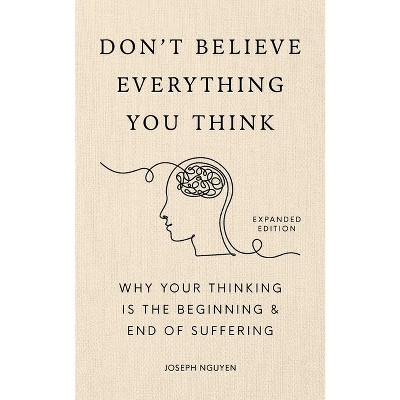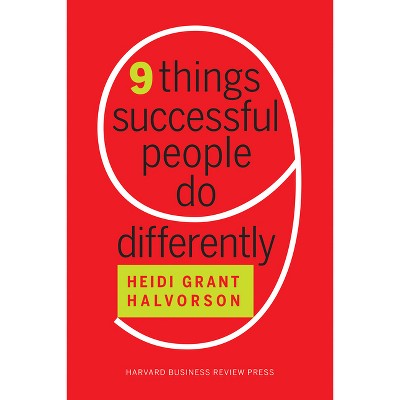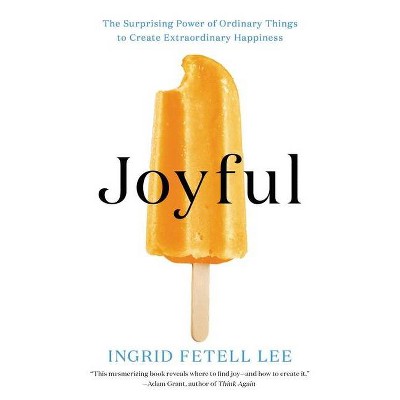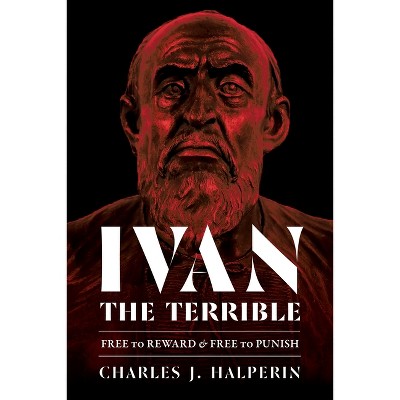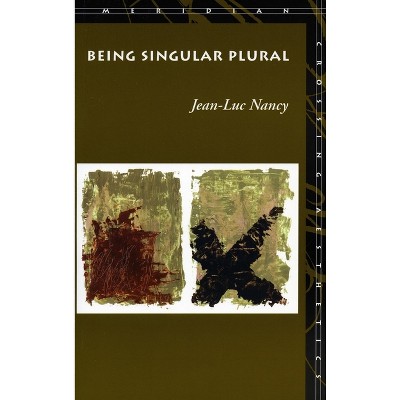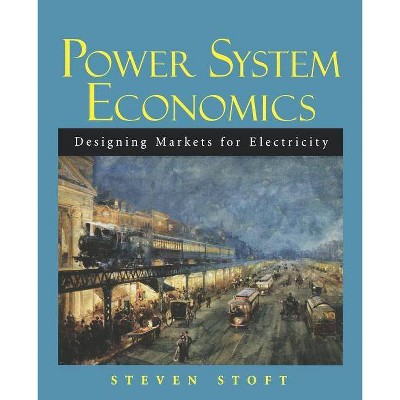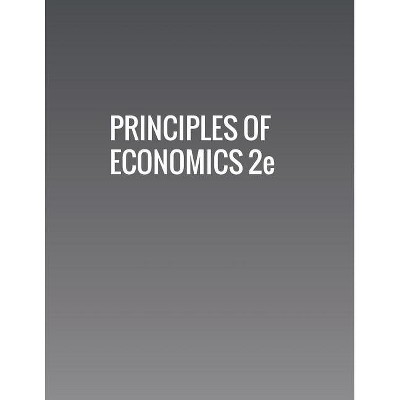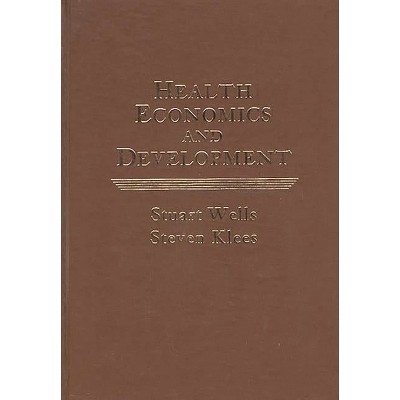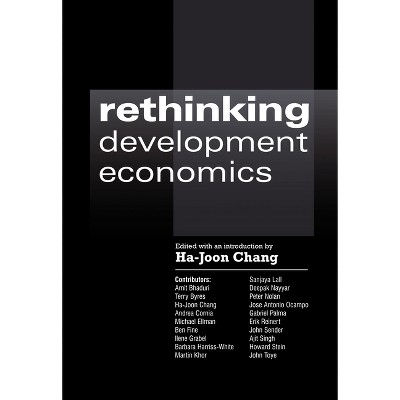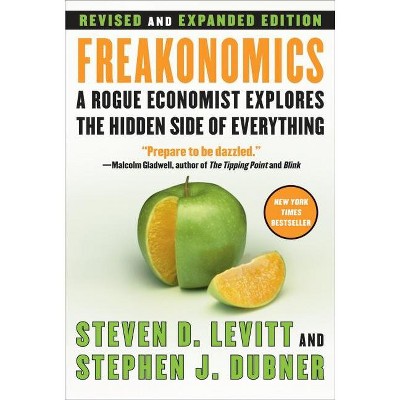Sponsored

Production Economics - by Steven T Hackman (Hardcover)
In Stock
Sponsored
About this item
Highlights
- A production economist focuses on assessment, and will use an aggregate description of technology to answer such questions as: How does the firm compare to its competitors?
- Author(s): Steven T Hackman
- 516 Pages
- Business + Money Management, Production & Operations Management
Description
About the Book
This scholarly yet accessible book provides an introduction to the main topics in production economics. The book successfully integrates two historically distinct perspectives on modeling technology: from microeconomics and engineering.
Book Synopsis
A production economist focuses on assessment, and will use an aggregate description of technology to answer such questions as: How does the firm compare to its competitors? Has the firm improved its production capabilities? A production engineer focuses on optimizing resources, and will use a detailed description of technology to answer a completely different set of questions: Which operations or plants should produce which products at what time? Should resource capacity be expanded and, if so, which resources should be acquired? Each group could benefit from the other group's perspective.
This scholarly yet accessible book offers a unified, integrated point of view that bridges the gap between these two historically distinct perspectives. It includes over 125 exercises with comprehensive solutions and a mathematical appendix.
From the Back Cover
A production economist focuses on assessment, and will use an aggregate description of technology to answer such questions as: How does the firm compare to its competitors? Has the firm improved its production capabilities? A production engineer focuses on optimizing resources, and will use a detailed description of technology to answer a completely different set of questions: Which operations or plants should produce which products at what time? Should resource capacity be expanded and, if so, which resources should be acquired? Each group could benefit from the other group's perspective. This book offers a unified, integrated point of view that bridges the gap between these two historically distinct perspectives.
Shipping details
Return details
Trending Non-Fiction

